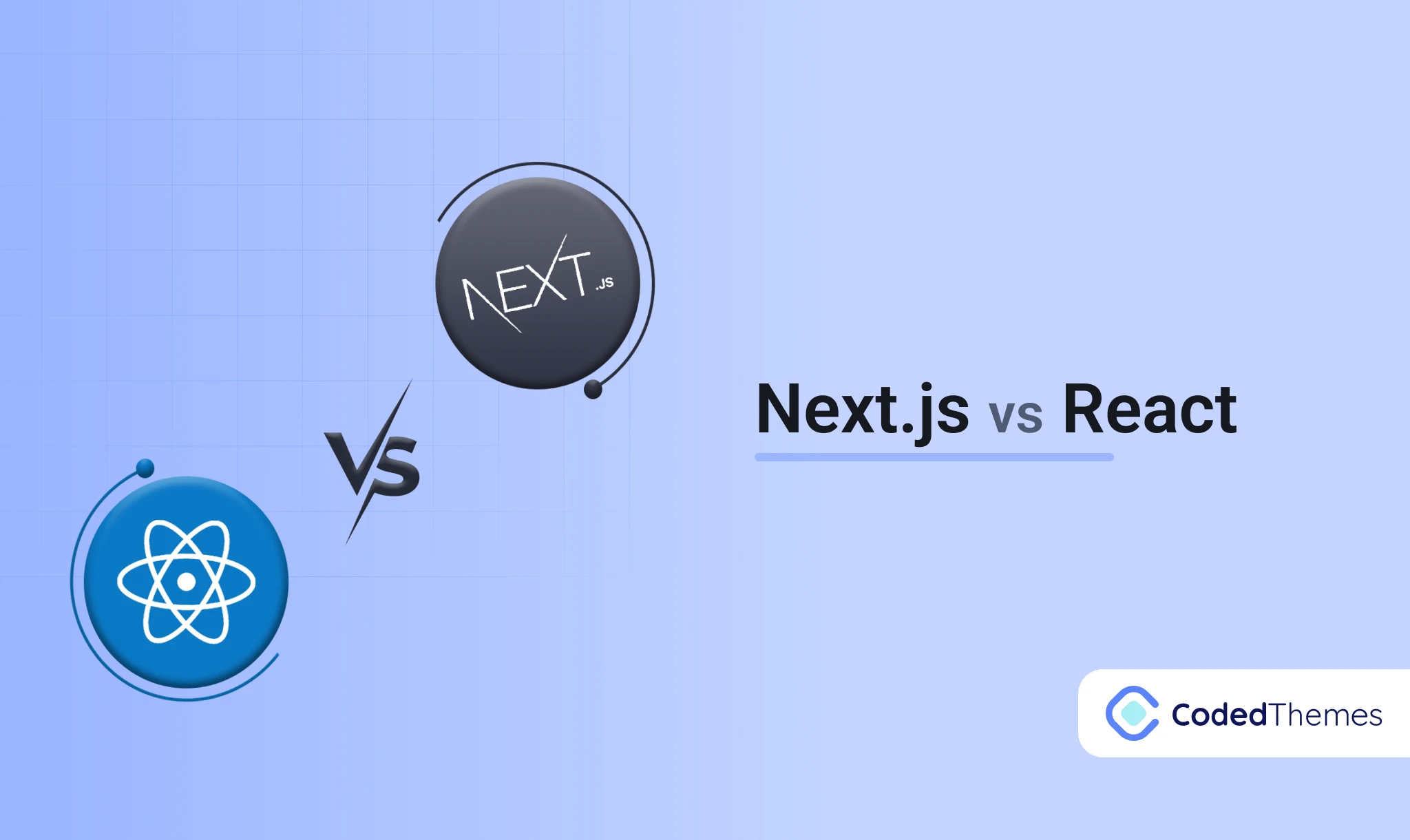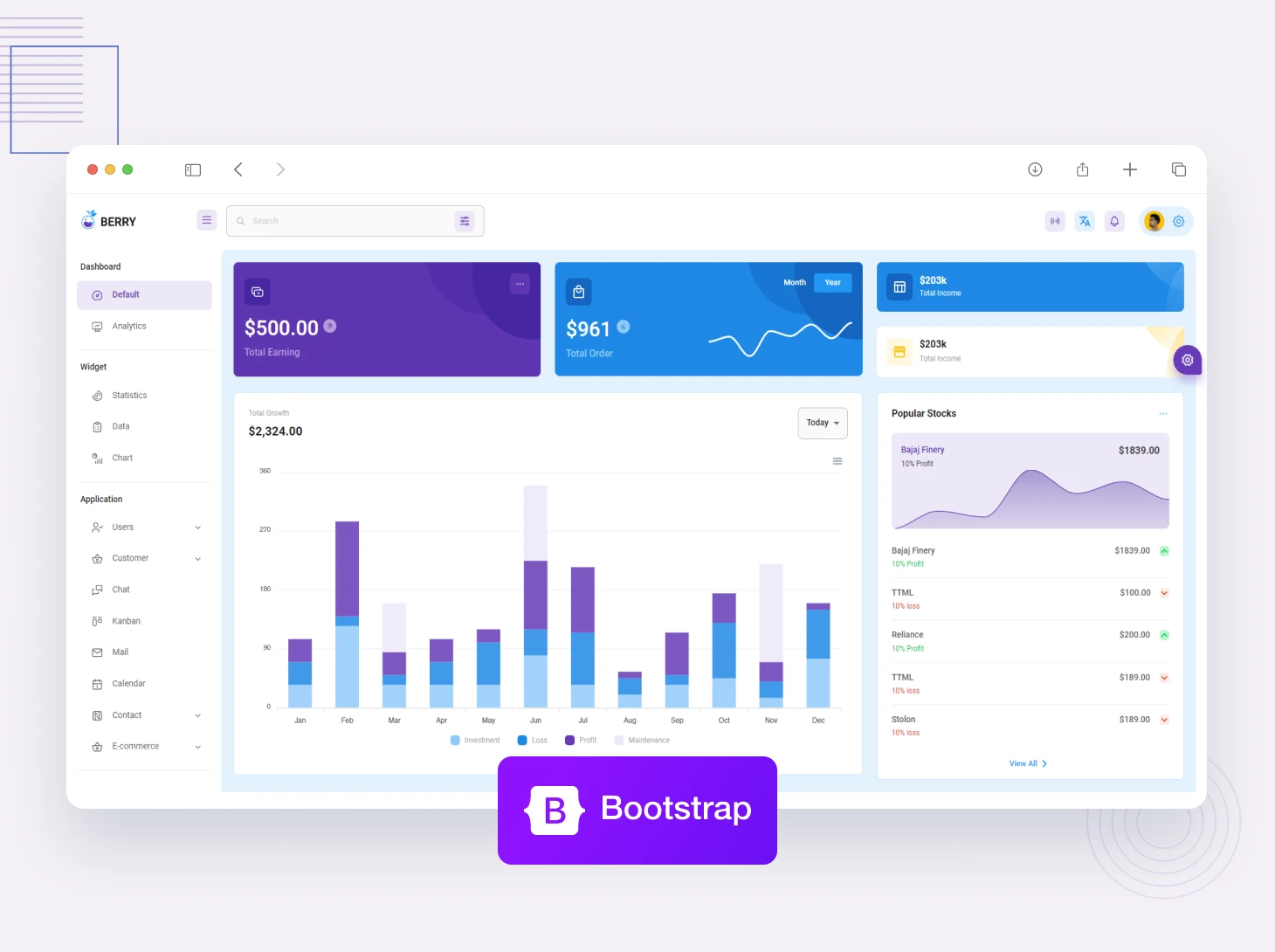In the dynamic realm of web development, choosing the right build tool can profoundly impact your workflow and productivity. Vite and Webpack are two prominent figures in this space, each offering unique benefits and approaches to project building and development. While Webpack has been a go-to choice for many years, Vite emerges as a modern alternative promising faster builds and a more streamlined developer experience. This article guide aims to dissect both tools, providing insights to help you decide which is better for your development workflow.
In the dynamic realm of web development, choosing the right build tool can profoundly impact your workflow and productivity. Vite and Webpack are two prominent figures in this space, each offering unique benefits and approaches to project building and development. While Webpack has been a go-to choice for many years, Vite emerges as a modern alternative promising faster builds and a more streamlined developer experience. This article guide aims to dissect both tools, providing insights to help you decide which is better for your development workflow.
What is Vite.js?
Vite.js is a relatively new build tool designed for modern web development. It leverages native ES modules and eschews the need for bundling during development, offering an incredibly fast development server. Vite aims to improve the developer experience by minimizing build times and streamlining the development cycle, particularly beneficial for projects utilizing modern JavaScript frameworks.
Key Features of Vite.js:
- Lightning-fast Development Server: Rapid startup and hot module replacement enhance development speed.
- Native ES Modules Support: Utilizes the browser’s native ES modules for faster and leaner development builds.
- Blazing-fast Production Builds: Integrates with Rollup for optimized production builds.
- Zero Configuration: Requires minimal setup to get started, though it is highly configurable when needed.
- Devtool Integration: Offers out-of-the-box support for common development tools and frameworks.
- Growing Plugin Ecosystem: An expanding range of plugins allows for easy integration with a wide variety of tools and libraries.
Why use Vite.js?
The biggest strength of Vite is its development speed, facilitated by its efficient handling of modules and assets. It provides a more responsive development environment, reducing the time developers spend waiting for builds and reloads. This can significantly enhance productivity, especially when iterating rapidly on a project.
Understanding Webpack:
Webpack is a mature and versatile module bundler that has been instrumental in shaping modern web development practices. It processes application assets like JavaScript, CSS, and images, creating dependency graphs and emitting optimized static assets. Webpack’s extensive loader and plugin systems offer a high degree of customization, catering to complex and diverse project requirements.
Key Features of Webpack:
- Comprehensive Asset Management: Handles a wide variety of assets through its loader system.
- Rich Plugin Ecosystem: A vast array of plugins allows for extensive customization and optimization.
- Code Splitting and Lazy Loading: Enhances application performance by loading only necessary code.
- Mature Tooling: Offers robust tooling and integration options for various development needs.
- Configurable: Highly customizable, though this can lead to complex configurations.
Why use Webpack?
Webpack’s strength lies in its flexibility and depth, making it suitable for large-scale applications with complex asset management needs. Its vast ecosystem and community support provide a solid foundation for building sophisticated web applications.
Vite vs. Webpack:
When deciding between Vite and Webpack, consider the following:
- Development Speed: Vite offers faster reloads and startup times, benefiting development cycles, especially in projects that can leverage its native ES modules.
- Project Complexity: Webpack’s extensive configurability and plugin ecosystem make it better suited for complex project requirements.
- Ecosystem and Community: Webpack has a broader community and more extensive resources, while Vite’s ecosystem is growing rapidly.
- Learning Curve: Vite is generally easier to configure and use, especially for new projects, while Webpack’s power comes with a steeper learning curve.
Conclusion:
Both Vite and Webpack have their merits, and the choice largely depends on your project’s specific needs and your team’s familiarity with the tools. For newer projects emphasizing speed and ease of use, Vite could be the superior choice. Conversely, for complex applications requiring detailed configuration and extensive asset management, Webpack remains a robust option. Ultimately, understanding the strengths and limitations of each tool will guide you to the best choice for your development workflow.












Comments